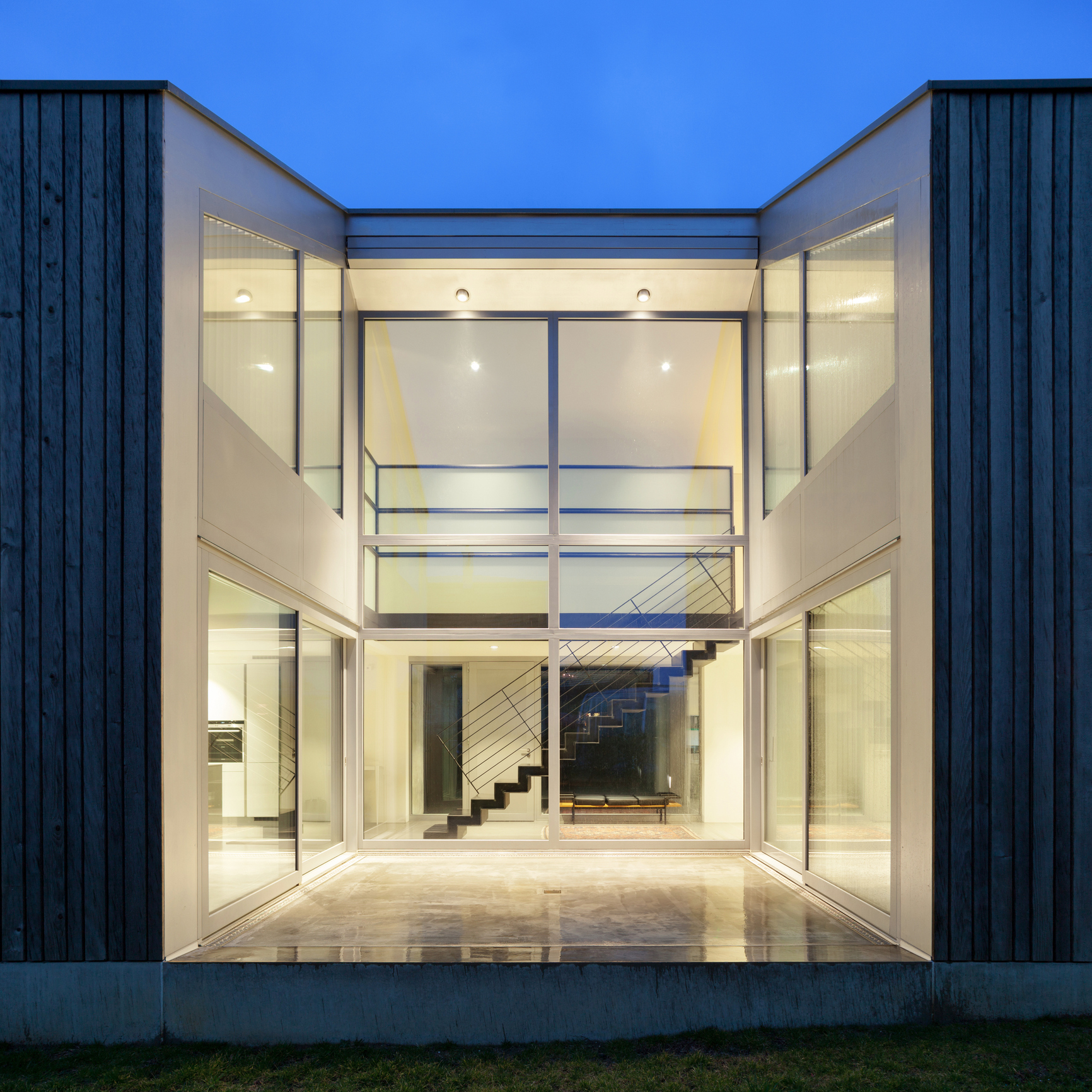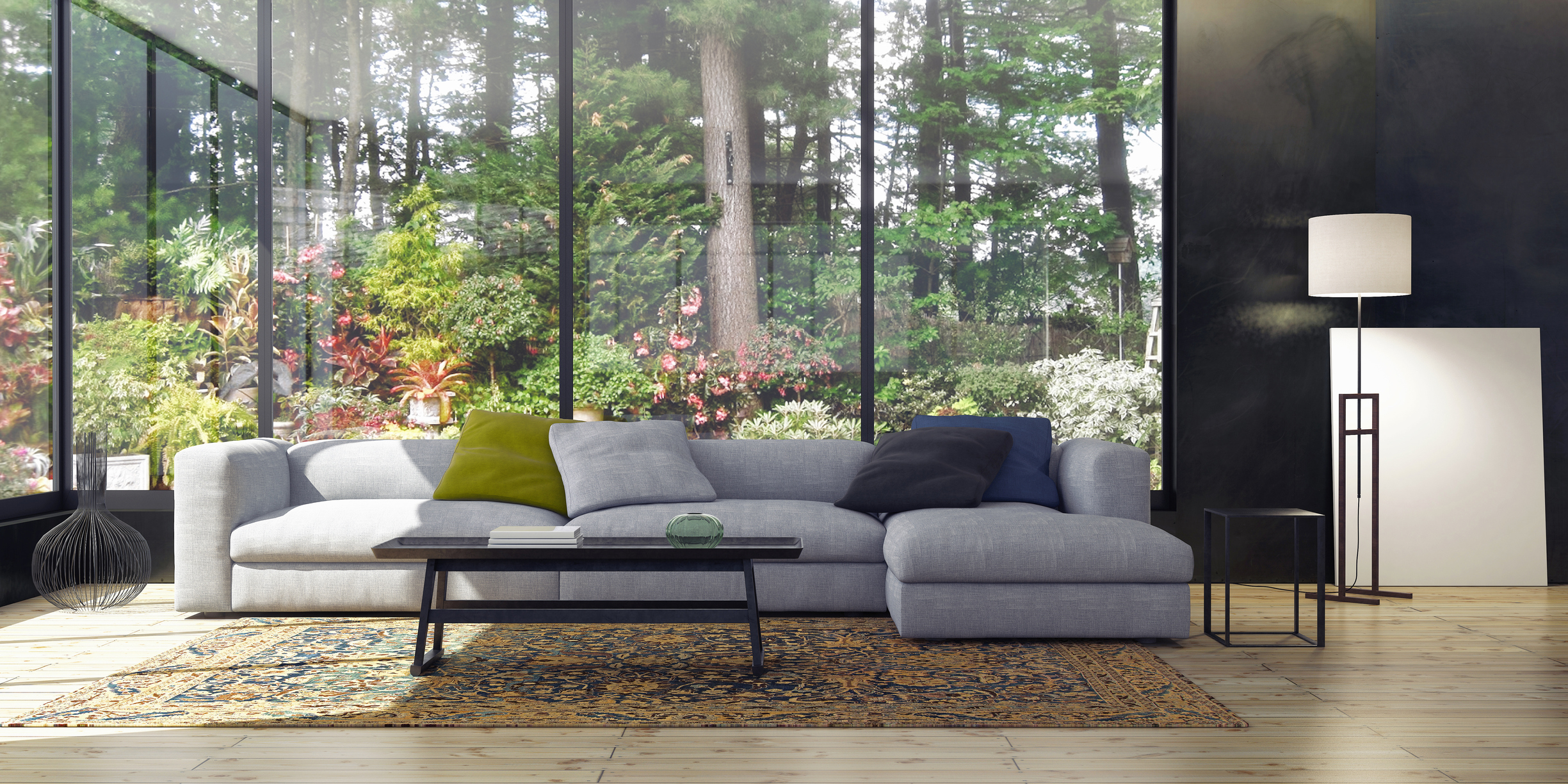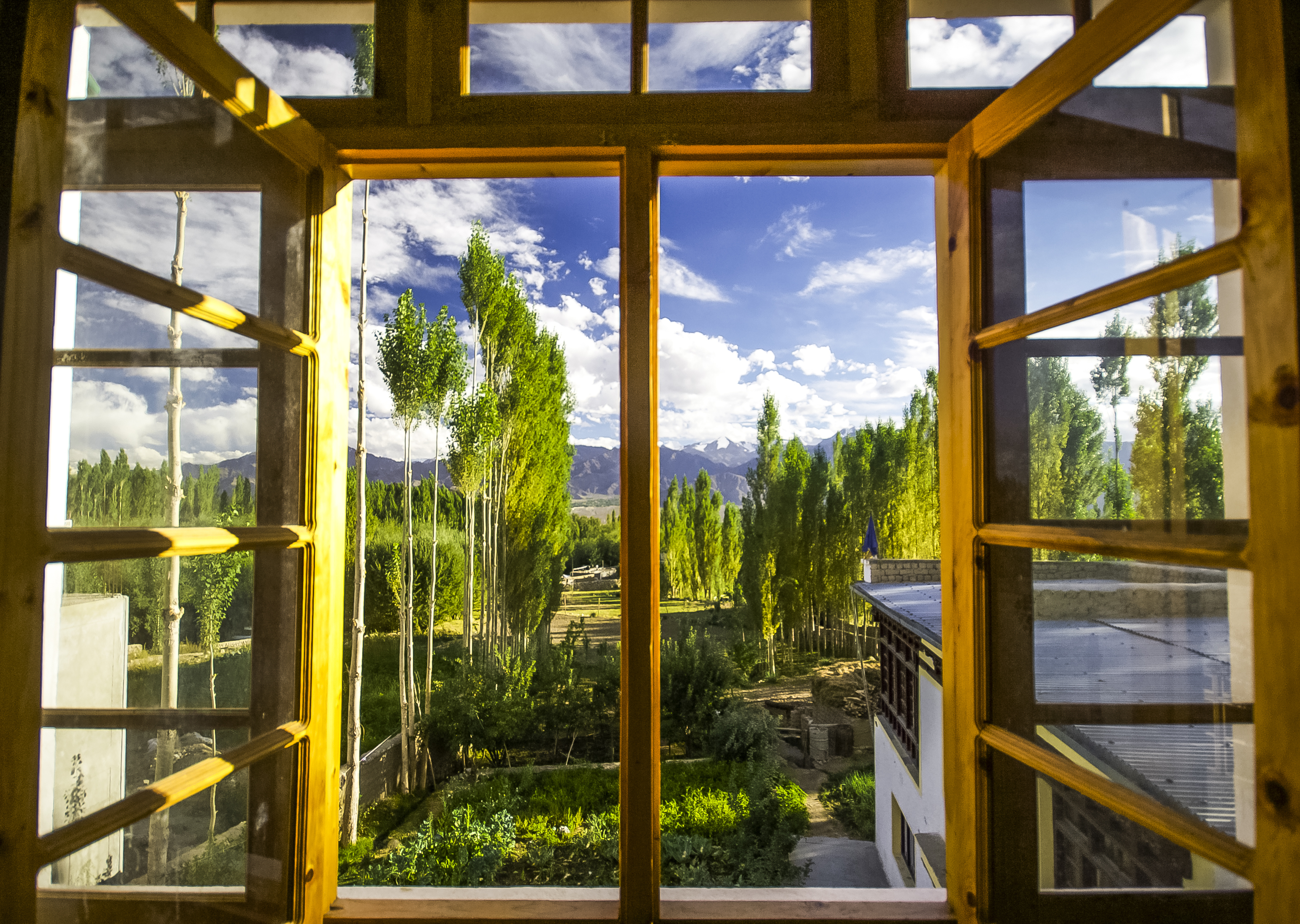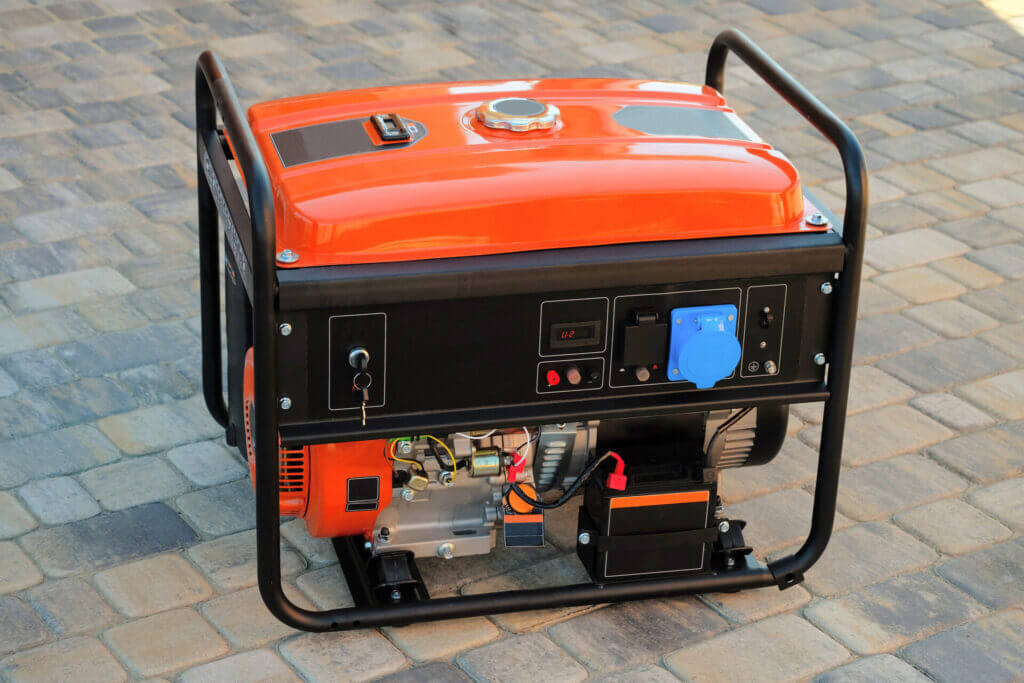Are you doing a windows project?
Modernize can pair you with three to four pros in your area, so you can compare options and save time and money.
People who live in glass houses shouldn’t throw stones — but they shouldn’t have to suffer through high energy expenses either! Rising interest in large glass installations is changing the way architects, builders, and homeowners think about walls and windows. The trend right now in homebuilding is toward more glass: large picture windows, sliding or folding glass doors, and curtain walls are just a few of the options homeowners have now to incorporate glass into their building facade.
Unfortunately, glazed surfaces aren’t known for their energy efficiency. They typically achieve very low R-values, the standard the building industry uses to measure a material’s ability to insulate. Even high performing windows only manage to net an R-value of around 4.3. By comparison, a well-insulated wall can reach up to 50-R.
So, as you can imagine, replacing a big chunk of that wall with glass is going to do some damage, particularly when it comes to your energy bills. However, if you want more glass in your home, you don’t have to resign yourself to bigger fuel expenses (and a higher carbon footprint!). There are plenty of ways to green up glass curtain walls, using some of the hottest new window tech available.

Considering Your Options
Retrofitting an existing home with a glass wall is a major project, and not just in terms of your energy expenses afterwards. Typically, this kind of renovation requires the advice of an architect. Since you’ll be significantly altering the building structure, you’ll need professional know-how to ensure, among other things, that your wall can bear the load from your roof and that it stays in line with energy and permitting codes in your area.
To keep glass walls sturdy, builders may need to use aluminum frames, which are not known to have great insulation. Likewise, if the wall features multiple panels of glass, there’s an increased chance for moisture infiltration and air leaks in the small gaps between the panes.
For these reasons, it’s worth investigating your alternatives before you jump on board the curtain wall train. There are several more modest updates to choose from that will get you more glass (and dazzling views!) without the potential energy costs:
Find the Right Contractor for Your Windows Project
Whether you’re ready to begin your project now or need some expert advice, our network of contractors are here to help. With a few simple questions, we’ll find the best local professionals for you
- Oversized Sliding, French, or Folding Glass Doors: A number of popular window manufacturers now offer extended sliding glass, large French glass, or bi-fold doors as a standard part of their catalog, which means you can avoid the extra expense of having frames custom-built for you. They’ll also have undergone testing to ensure that they’re structurally sound. They typically include features like compression seals and locking components to improve efficiency.
- Floor-to-ceiling Picture Windows: Large picture windows are another way to get enhanced views without sacrificing your building envelope’s efficiency. For superior performance, look for windows with double paned glass windows and gas filled insulation, low-E glass, and vinyl or fiberglass frames. You can also visit the ENERGY STAR program’s list of the most efficient picture windows for 2017.
- Paired Picture and Awning Windows: If a single large picture window is still not enough window for you, you can also pair sets of picture windows in a row. Homeowners often add a second row of awning windows — a narrow profiled window that opens outward — above or below this first set to offer ventilation and capture the breeze. Again, high performance features like efficient frame materials and better glazing make most of the difference here.

High Performance Features for Glass Curtain Walls
If you do decide that a glass curtain wall makes the most sense for your home, building designers can integrate several efficient features that will help your wall conserve energy.
- Thermally Broken Aluminum Frames: Although aluminum is not considered the most energy-friendly material, it is sometimes required in curtain wall designs to give them stability and structural support. Thermally broken aluminum frames are one way to improve insulation in windows. These frames are designed with a resistant barrier that makes it more difficult for heat to flow out of your home.
- Thermal Spacers: Energy efficient windows often contain thermal spacers between the glass panes, which help their overall performance. Spacers absorb pressure when window glass expands and contracts, making the window more airtight. They also even out the temperature of the glass edges, which tends to be the coldest part of a window.
- Low-E Glass: Low-E glass is made of a thermally reflective material that works to reflect both heated and cooled air back into home interiors, instead of flowing out through the window glass.

Using Glass Walls to Leverage Passive Solar Heating and Cooling
If your builder is smart about environmental design, he or she can potentially construct a home that will actually maximize natural heating and cooling by capturing the sun’s warmth—or deflecting it. It’s not a one-size-fits-all formula. The type of passive heating and cooling features you choose depends a lot on your home’s regional climate. A green building service or architecture firm will know how to best adapt your home design for your area. Some ideas, though, are:
- South-facing Window Walls: If winter heating forms the bulk of your energy expenses, a south-facing wall helps you maximize solar heat throughout the day. South-facing walls tend to absorb the most heat due to their position — they receive the sun’s light at a more direct angle. That solar heat filters into your home’s interiors, which can potentially help offset some of your heating needs. Conversely, if you live in a warmer climate, it’s wiser to a glass wall on the north side of your home.
- Awnings and Overhangs: Building scientists could probably write a whole book about how shade from awnings affects solar heat gain, but in brief, a curtain wall designed with some kind of awning, overhang, or louvers can lower the indoor temperatures in summer.
As you can see, curtain walls are on the cutting edge of some interesting window technologies that work to keep homes more comfortable. For these homes, it means “bringing the curtains down” on leaks and energy drafts!
Find the Right Contractor for Your Windows Project
Whether you’re ready to begin your project now or need some expert advice, our network of contractors are here to help. With a few simple questions, we’ll find the best local professionals for you
Reviews from Real Homeowners
Welcome to Homeowner Resources! We are the Modernize blog. Modernize pairs more than 3 million homeowners a year with pre-vetted contractors in their area. This blog started because we believe homeowners should know everything about their homes, from how their HVAC works to which front door colors they might love. On Homeowner Resources, you can find information on every part of your home, right down to how you can negotiate with contractors to get the best price. Here's more about the blog.
Need a contractor? Learn more about how Modernize finds the right pro for you.


